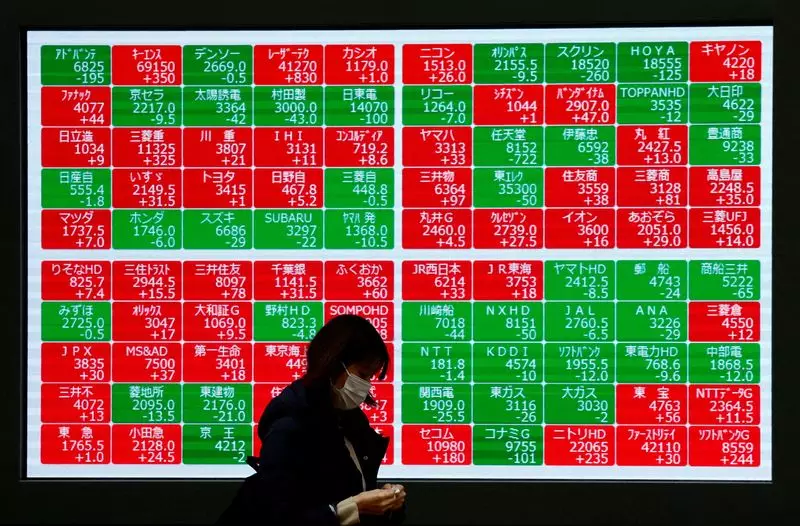The Reserve Bank of Australia (RBA) kept rates steady at 4.35% on Tuesday, in line with expectations. However, the bank warned about the need to remain vigilant against inflation risks. The decision had little impact on the Australian dollar, with the currency remaining relatively stable. The RBA seems poised to maintain this stance until there is a clearer indication of inflation trajectory or a significant economic downturn.
Ebbing concerns over political instability in Europe contributed to a positive market outlook, leading to gains in Asian stocks. EUROSTOXX 50 futures and FTSE futures also trended higher, reversing some of the losses from the previous week. A broader index of Asia-Pacific shares outside Japan saw a 0.64% increase, following an overnight rally on Wall Street. Optimism surrounding the economy, corporate earnings, and potential rate adjustments contributed to the upbeat mood in the equity markets.
Several central banks, including those of Norway, the UK, and Switzerland, are scheduled to hold meetings this week. Expectations are for the first two to maintain current rate levels, while the Swiss National Bank may introduce a 25 basis points rate cut. In the US, multiple Federal Reserve officials are set to speak, offering insights into the country’s interest rate outlook. Futures are indicating market expectations of around 45 basis points in Fed cuts for the remainder of 2024.
The US dollar experienced a slight uptick ahead of the release of retail sales data. This led to a decrease in the euro and sterling against the dollar, while the yen remained relatively stable. China’s yuan, on the other hand, hovered near a seven-month low against the dollar, influenced by mixed economic indicators raising the need for additional support from Chinese authorities. Oil prices saw a slight decline, with both Brent and West Texas Intermediate crude futures slipping. Gold prices, however, saw a marginal increase, bucking the trend in commodities.
Overall, the global economic landscape appears to be influenced by central bank decisions, market sentiment, upcoming events, currency movements, and commodity price fluctuations. The interactions between these factors create a dynamic environment for investors, traders, and policymakers to navigate. Each development in these areas can have significant implications for the broader financial markets, making it essential to stay informed and adapt to changing conditions.

